Herrerasaurus, Staurikosaurus, Eoraptor, Pisanosaurus, Technosaurus
In 1991, a very important skeleton was discovered in rocks that are 228 million years old in the northeast of Argentina. The skull of this small, just over a meter long predator called Eoraptor, belonged to the most primeval dinosaur known to us. Thanks to his long legs, it ran fast, and its front paws ended with sharp claws to help him grab and kill prey.
Herrerasaurus (Late Triassic 237-231.4 Ma)
Until recently, another Argentine dinosaur, Herrerasaurus, was considered the best candidate for the common ancestor of all dinosaurs. However, finding a new, better-preserved specimen revealed that it was the aboriginal (primitive) theropod. Herrerasaurus was more advanced in evolution than its contemporary Eoraptor (Late Triassic 231–228 Ma), as it already had a joint in the lower jaw. The skull was quite large, and the jaws were armed with the sharp teeth of a carnivore. There were five fingers on each paw, ending in blunt claws. Their bones are remarkably similar to those of later theropods.
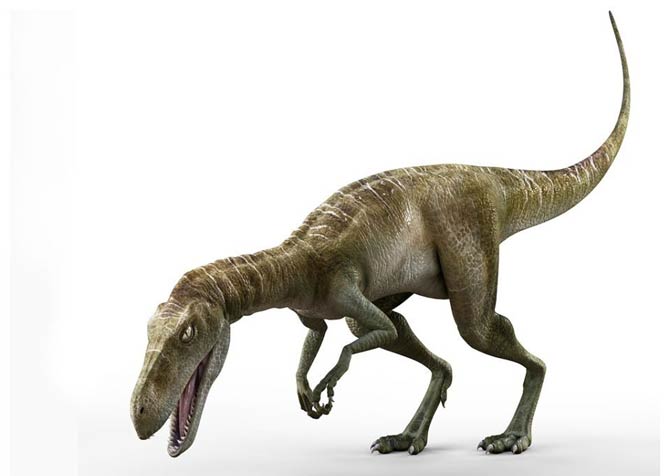
Staurikosaurus (Late Triassic, 233.23 Ma)
Staurikosaurus was a two-meter-long predatory dinosaur that coincides with the times of Eoraptor and Herrerasaurus. The head of this Brazilian animal was as long as its femur, and there were 13-14 sharp teeth in its upper and lower jaws. The front paws were shortened and had five fingers. Only two vertebrae were attached to the pelvis, which is a very primitive feature. The hind legs were long, the shin bones longer than the thigh, which is typical of animals that run fast. Staurikosaurus was a slender, active predator weighing about 30 kg. Though relatively small, it could probably deal with larger victims.
A few years ago, the discovery of an incomplete Staurikosaurus skeleton in Arizona’s Petrified Forest National Park was made famous. The find, named Gertie after the protagonist of the first cartoon about dinosaurs (The Gertie the Dinosaur), proved that Staurikosaurus also inhabited North America.
Eoraptor, Herrerasaurus and Staurikosaurus testify to the rapid evolution of predatory dinosaurs 225 million years ago. At the same time, the first herbivorous dinosaurs appear in the fossil record.
Pisanosaurus (Late Triassic 228–216.5 Ma)
Pisanosaurus is known for skull and skeleton fragments from Argentina. Its closely spaced teeth formed a continuous edge for grinding plants. Technosaurus (Late Triassic 210 Ma) from Texas had similar teeth.
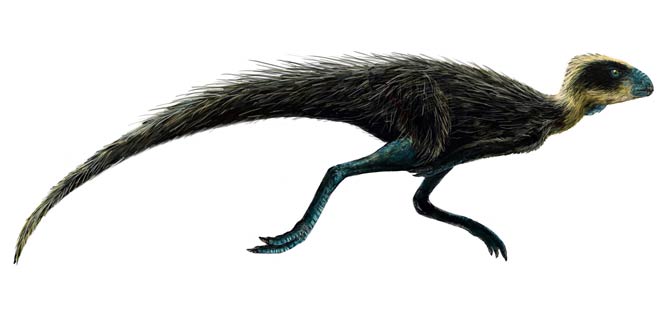
Herrerasaurus
- Length: 3-6 meters (10-20 ft)
- Weight: 350 kg (770 lb)
- Lived: late Triassic 231.4 million years ago
- Food: meat
- Occurrence: Argentina
Eoraptor
- Length: 1 m (3 ft 3 in)
- Weight: 10 kilograms (22 lb)
- Lived: late Triassic 231–228 million years ago
- Food: meat/plants?
- Occurrence: Argentina
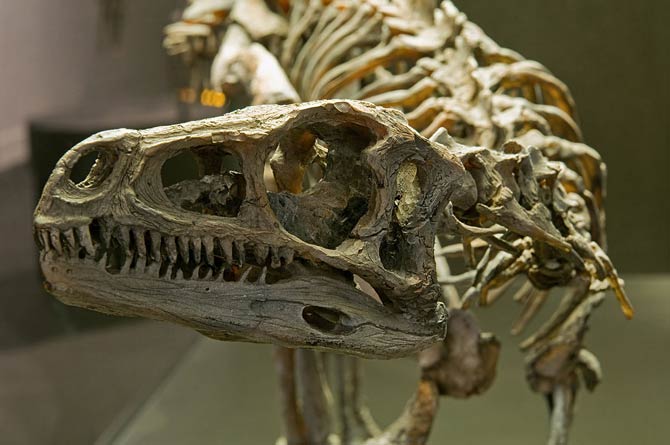
Staurikosaurus
- Length: 2.25 m (7 ft 5 in)
- Height: 80 cm (31 in)
- Weight: 30 kilograms (66 lb)
- Lived: late Triassic 233.23 million years ago
- Food: meat
- Occurrence: Argentina
Pisanosaurus mertii
- Length: 1 m (3.3 ft)
- Weight: 2.27–9.1 kg (5–20 lb)
- Lived: late Triassic 228–216.5 million years ago
- Food: meat?/plants
- Occurrence: Argentina
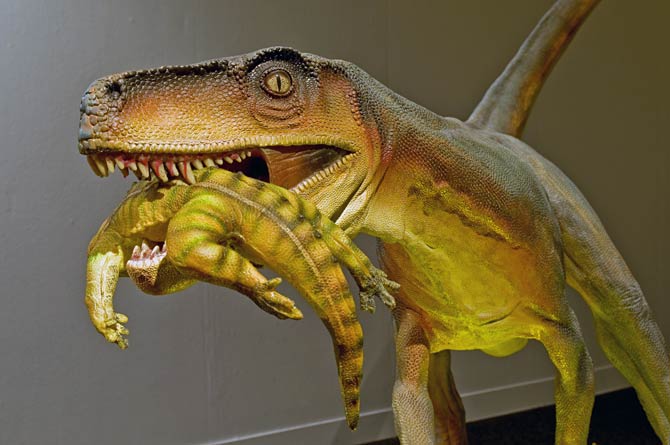
Recommended
- The longest dinosaurs. Sauropods Top 10
- The heaviest dinosaurs – Top 10
- The longest predatory dinosaurs. Theropods Top 10
- The heaviest predatory dinosaurs Top 10
- The longest Ornithischians (Ornithischia) TOP 10
- The heaviest Ornithischians Top 10
- The largest raptors (dromaeosaurs) Top 10
- The heaviest Dromaeosaurids / dromaeosaurs – Top 10
- The longest Ankylosaurus Top 10
- The heaviest Ankylosaurus Top 10
- The longest ceratopsians
- The heaviest cerapsians
- The longest and largest ornithopods
- The heaviest ornithopods Top 10
- The longest Stegosaurians (Stegosauria) TOP 10
- The heaviest Stegosaurians (Stegosauria) Top 10
- The smallest sauropods Top 10
- The smallest dinosaurs Top 10
- The largest pterosaurs Top 10
- Dinosaurs
- Dinosaurs database
- Predatory dinosaurs
- Animals & dinosaurs records
- The fastest animals – Top 100
- The fastest birds – Top 10

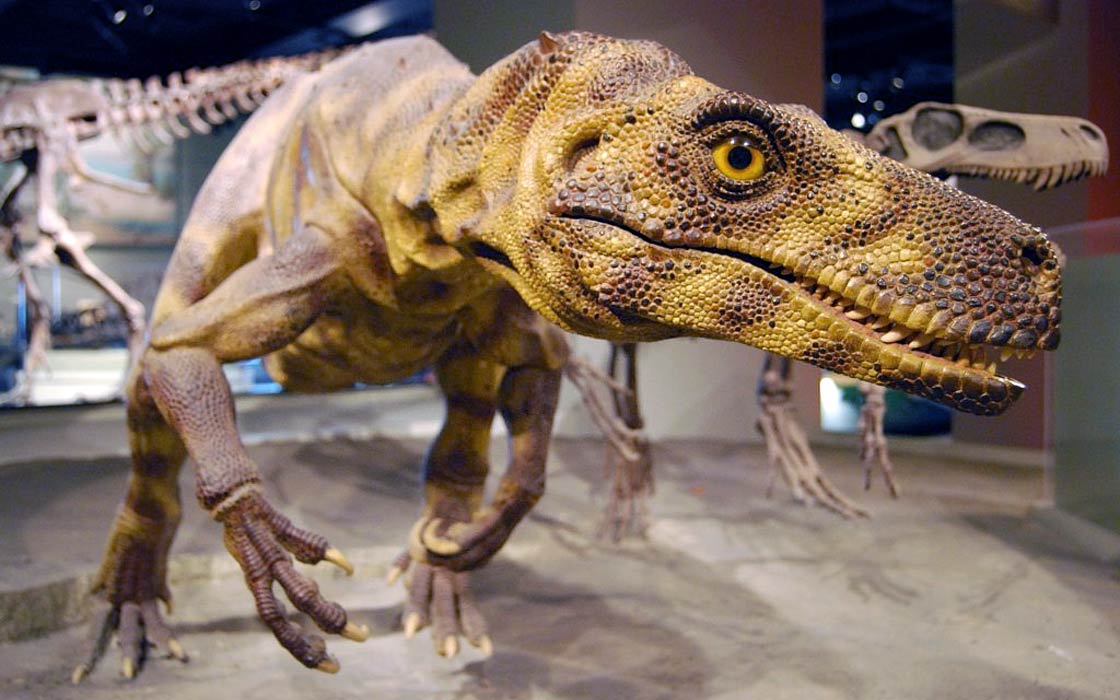


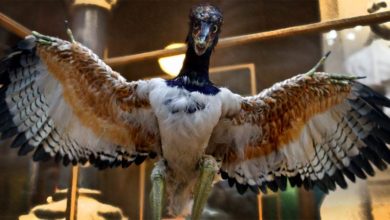


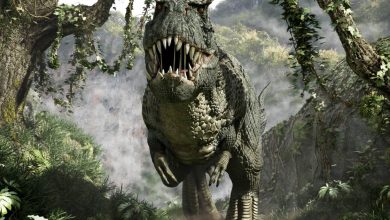
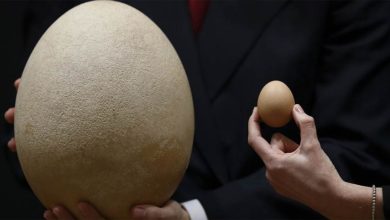
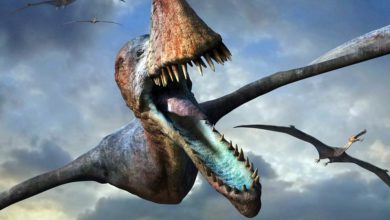
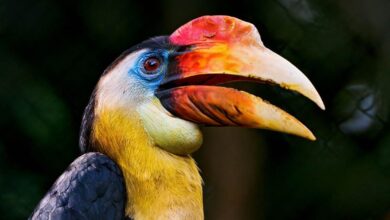

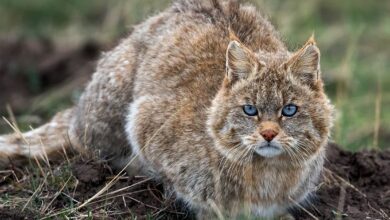


In this article you state that Pisanosaurus was a herbivore, but down at the end of the page in your bullet points you have its food listed as ‘meat’. All the research I have done online about this dinosaur shows that it was a herbivore as you stated in the article. This is obvious from fossil remains showing it had closely spaced teeth that formed a continuous edge for grinding plant matter.
Older sources classified Pisanosaurus as a carnivore, newer ones as a small herbivore, hence the difference in our article.